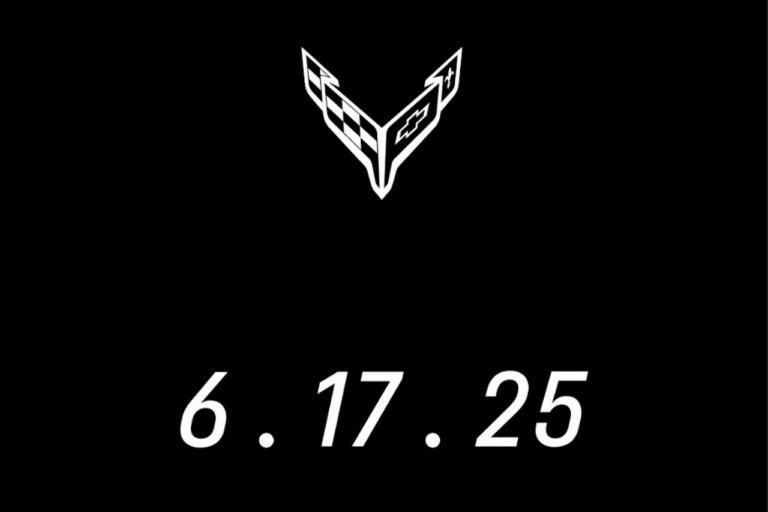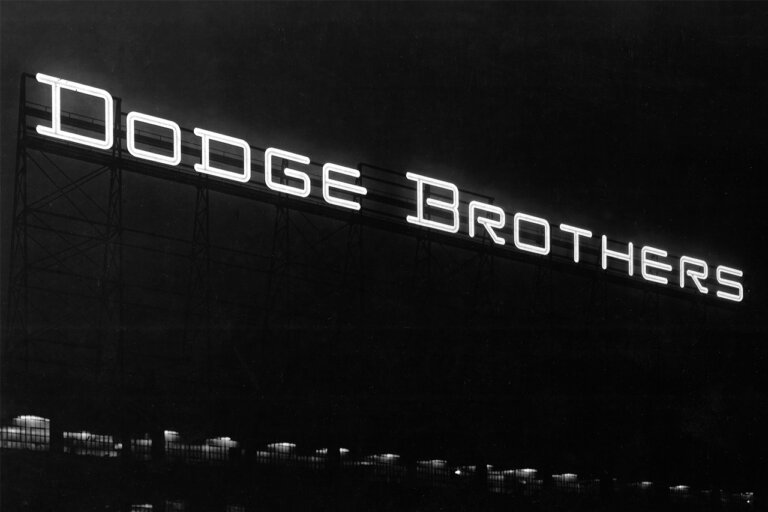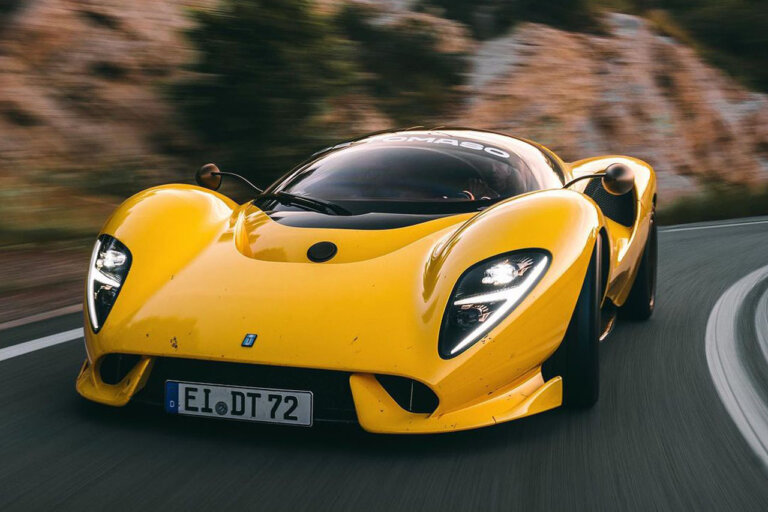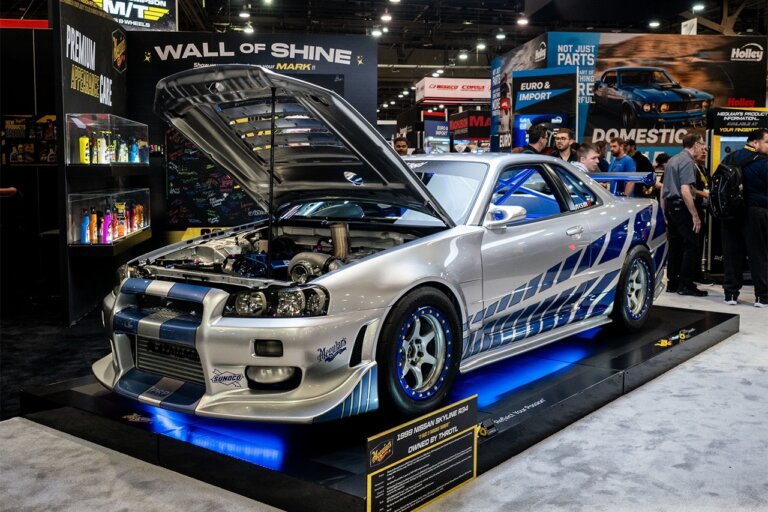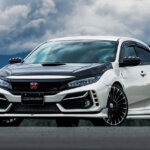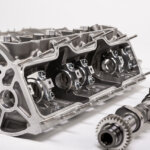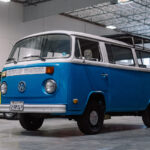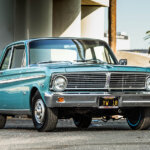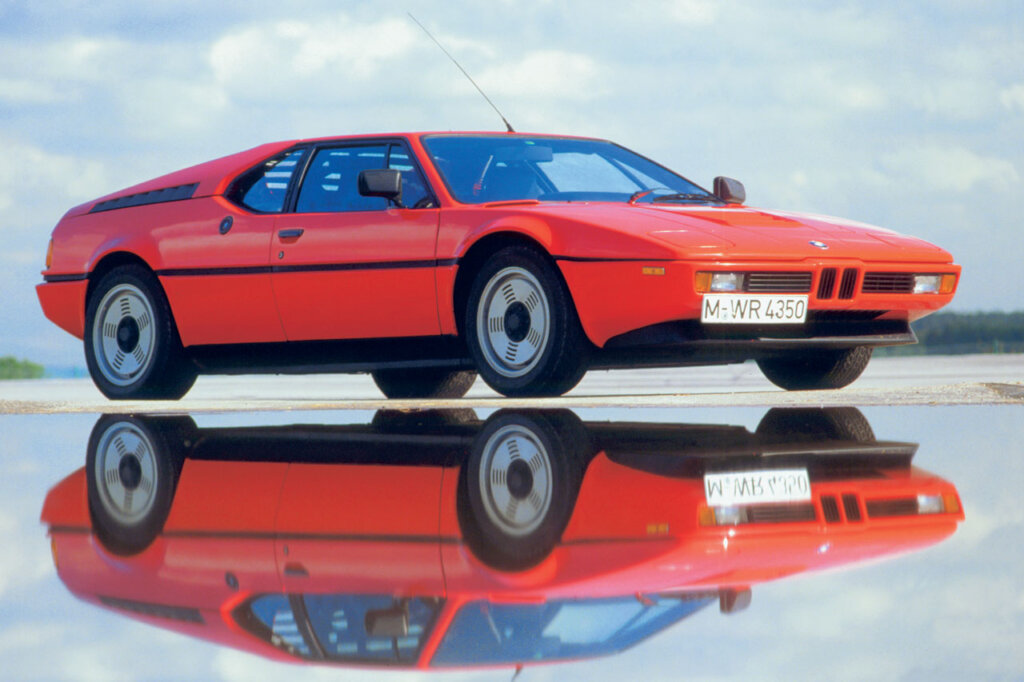
Photo Credit: BMW Press Club
The BMW M1 marked a lot of firsts for BMW as a company. Having established BMW Motorsport GmbH in 1972 under the guidance of Jochen Neerpasch, the success of their first projects; the BMW 3.0 CSL and the BMW 530MLE, led to the creation of BMW Motorsports first road-going production sports car, the M1. Not only was it BMW Motorsports first production car, it was also the first mid-engined BMW. Neerpasch, itching to compete with their arch rival Porsche in Group 5 racing, initiated the M1 project in, stipulating that the car had to be mid-engined to be able to outclass its competitors.
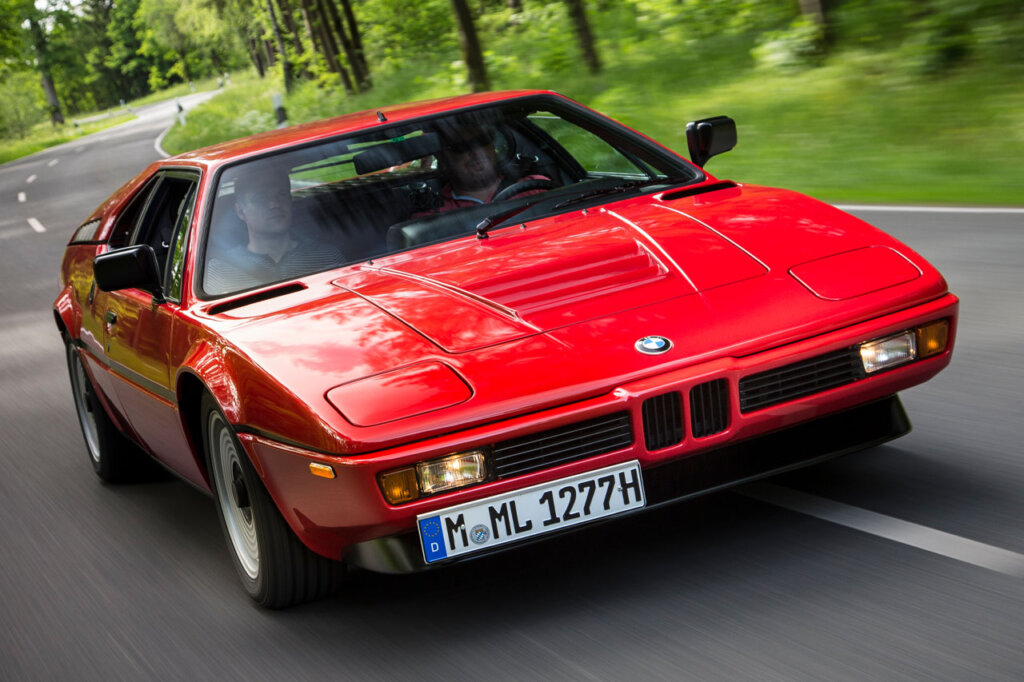
| ENGINE TYPE: M88 |
| ENGINE DESIGN: Inline/6 |
| CYLINDER CAPACITY: 3453 cm3 |
| SUPERCHARGER: None |
| POWER OUTPUT: 204 kW/ 277 HP |
| TORQUE: 330 Nm |
| TOP SPEED: 165 MPH |
The road-going examples of the M1 an M88/1 petrol six-cylinder engine with Kugelfischer-Bosch mechanical fuel injection and Magneti-Marelli ignition system, giving it 274 HP and a top speed of 165 MPH. Staying true to its motorsport heritage, the BMW M1 featured a straightforward interior with a mix of leather and cloth. It incorporated various components from other BMW models and included conveniences like air conditioning, power windows, and a stereo. However, it lacked seat adjustment options and was only produced in a left-hand drive configuration. Only 453 production cars were built, 399 road going units and 53 motorsport units, becoming one of BMW’s rarest production cars.
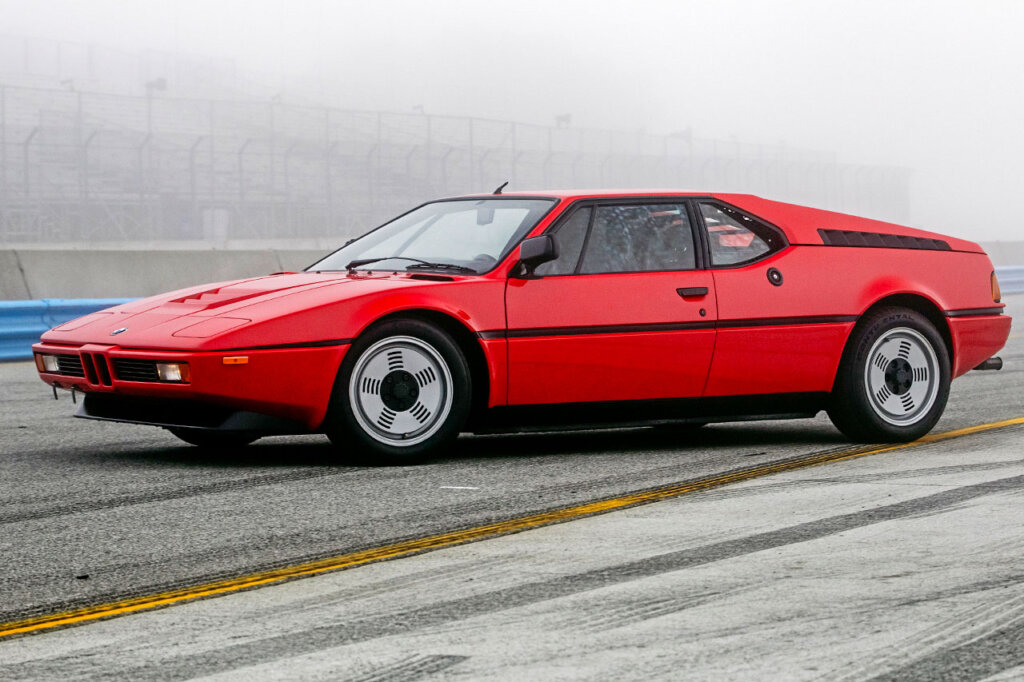
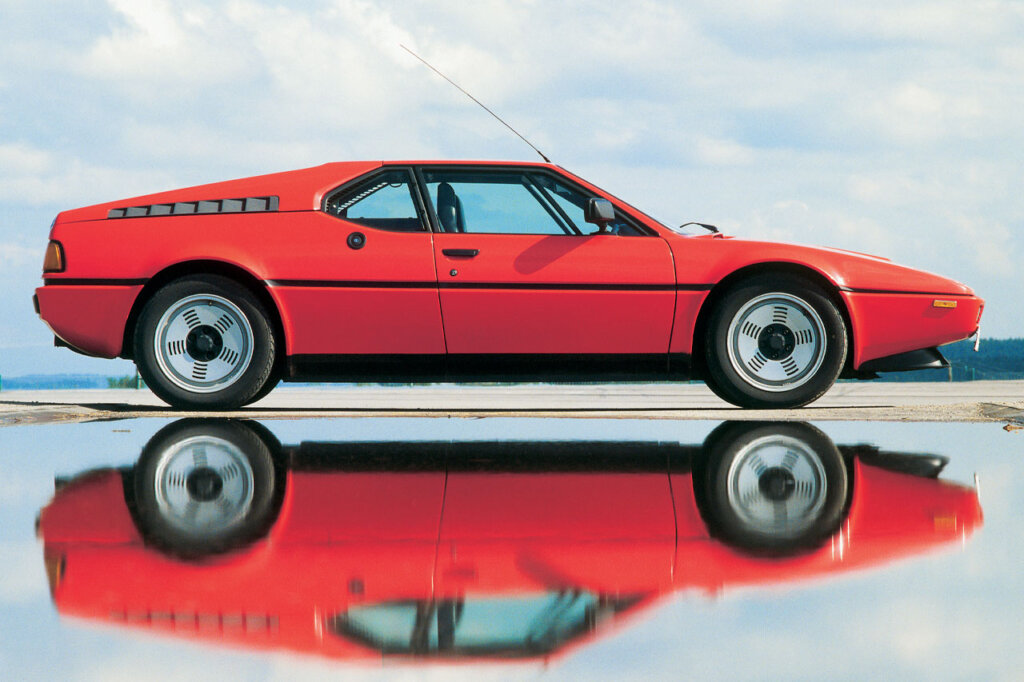
Because BMW would be unable to produce the 400 road-going examples of the car in the required time period for Group-5 racing homologation, they partnered with Lamborghini to get it done. However, Lamborghini ran into financial troubles, and BMW had to re-take control over the project in April 1978, delaying their original plans and forcing BMW to compete in Group 4. Changes in racing rules and homologation added further fuel to the problems that the M1 project was facing. Since the engineering of the car was left unfinished, a group of former Lamborghini engineers founded a company named Italengineering, and offered to complete the car’s design, which was done by Giorgetto Giugiaro.
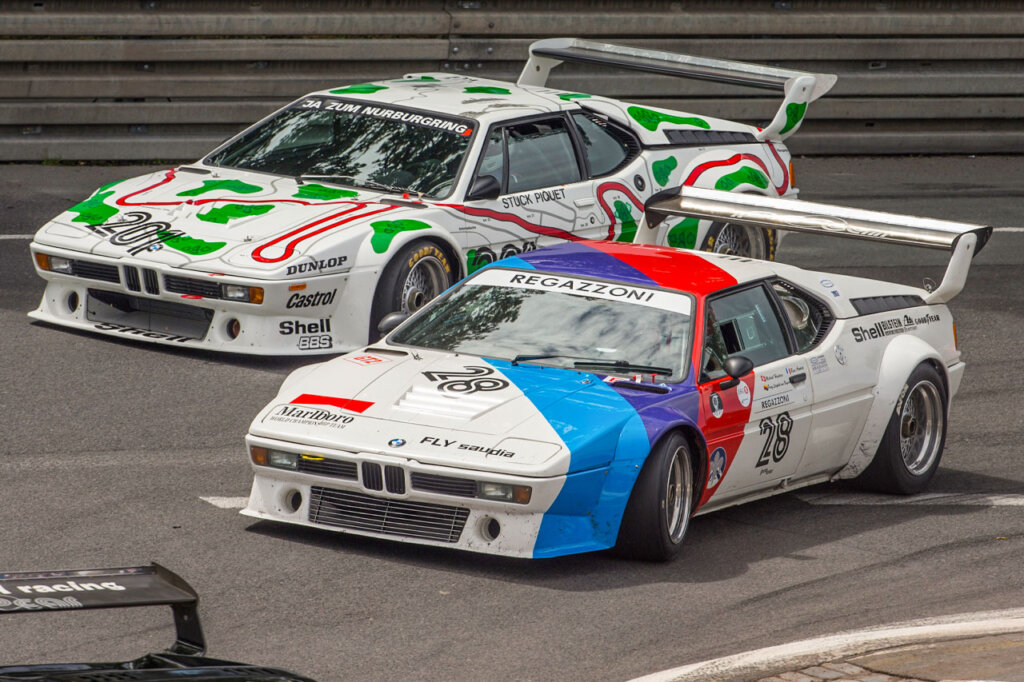
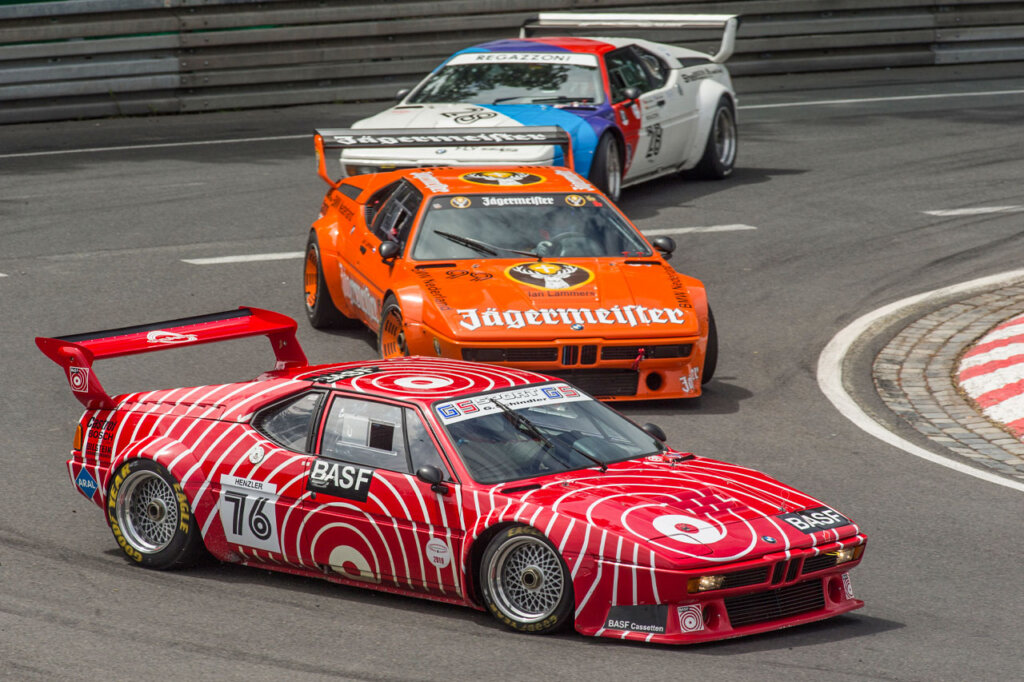
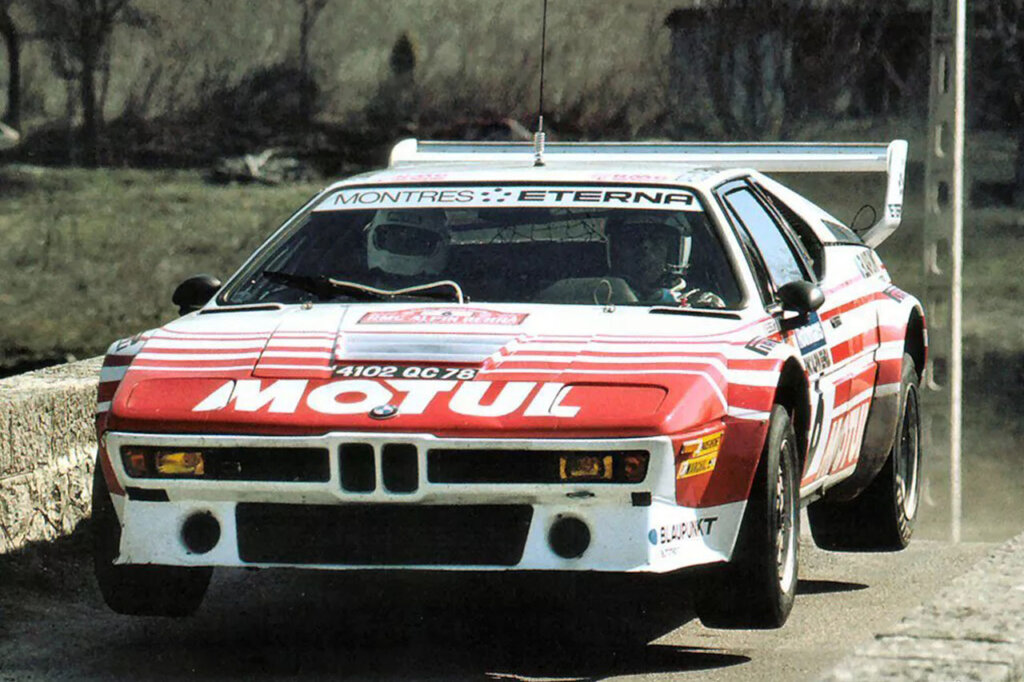
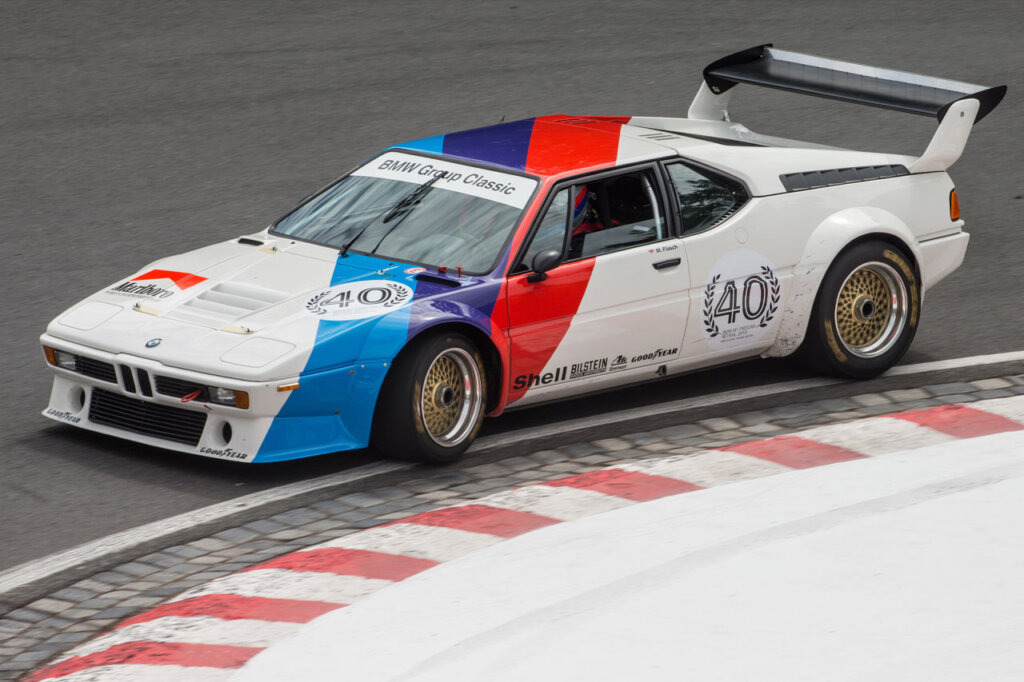
Photo Credit: BMW Press Club
| ENGINE TYPE: M88/1 |
| ENGINE DESIGN: Inline/6 |
| CYLINDER CAPACITY: 3498 cm3 |
| SUPERCHARGER: None |
| POWER OUTPUT: ca. 345 kW/ 470 HP |
| TORQUE: 390 Nm |
| TOP SPEED: 193 MPH |
In order to drum up support for the M1 Project from both inside the BMW company and racing fans, Neerpasch announced in July 1978 that he devised a one-make championship using racing modified M1s called the BMW Procar Series. The top-five qualifiers in each Formula 1 race would drive BMW-prepared M1s and compete against a field of fifteen privateer M1s, all of which had been boosted to 470 HP. This championship would help BMW build enough cars to enter the group 4 classification in the World Championship for Makes. The series ran for two season, in 1979 and 1980, with Nicki Lauda winning the ’79 series and Nelson Piquet winning the ’80 series. With the standards for Group 4 met, the Procars were used by various teams in the world championship as well as in other series, including a Group B rally spec. The 1984 Group B rally season marked the M1’s most successful year, highlighted by former ERC champion Bernard Béguin’s impressive performance. He secured consecutive victories at the Rallye de La Baule and Rallye de Lorraine and achieved a remarkable overall podium finish at the Rally d’Antibes just four months later.
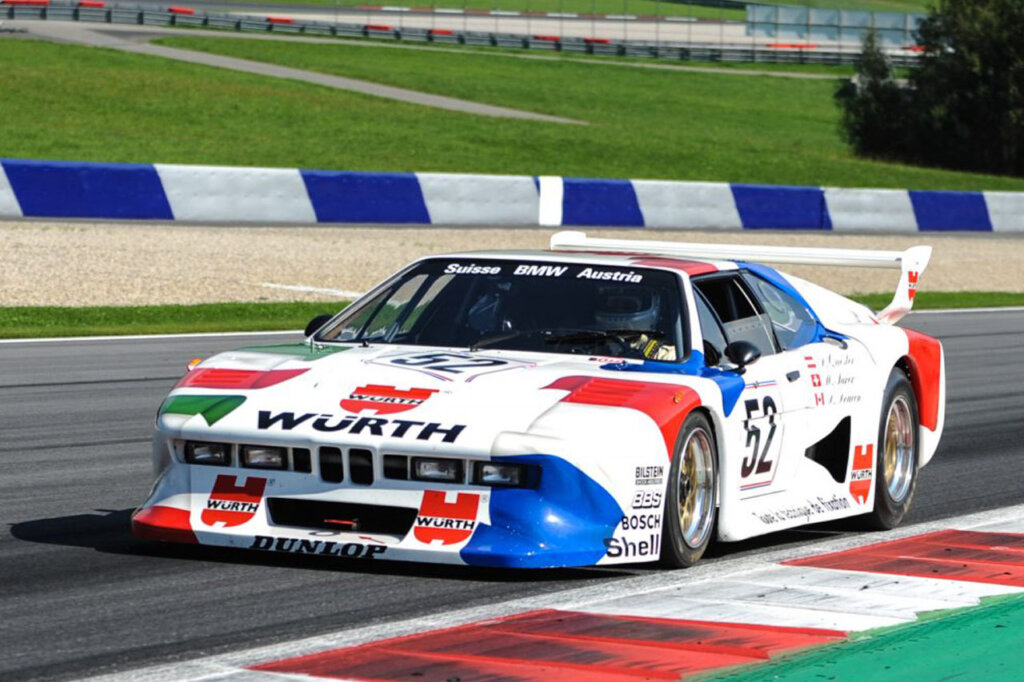
Photo Credit: Petrolicious
| ENGINE TYPE: M88/2 |
| ENGINE DESIGN: Inline/6 |
| CYLINDER CAPACITY: 3191 cm3 |
| SUPERCHARGER: Turbocharger |
| POWER OUTPUT: Up to 1,000 HP |
| TORQUE: N.A. |
| TOP SPEED: over 200 MPH |
Years after BMW abandoned the M1 program and still without having officially competed in Group 5, the M1 was further developed, but this time by privateers. Finally, the M1 got its time in Group 5, the whole reason the project had started in the first place. Yet by then, the M1 was already becoming uncompetitive, even after turbocharging the in-line six-cylinder engine which would offer insane outputs of between 850 to nearly 1,000 hp.
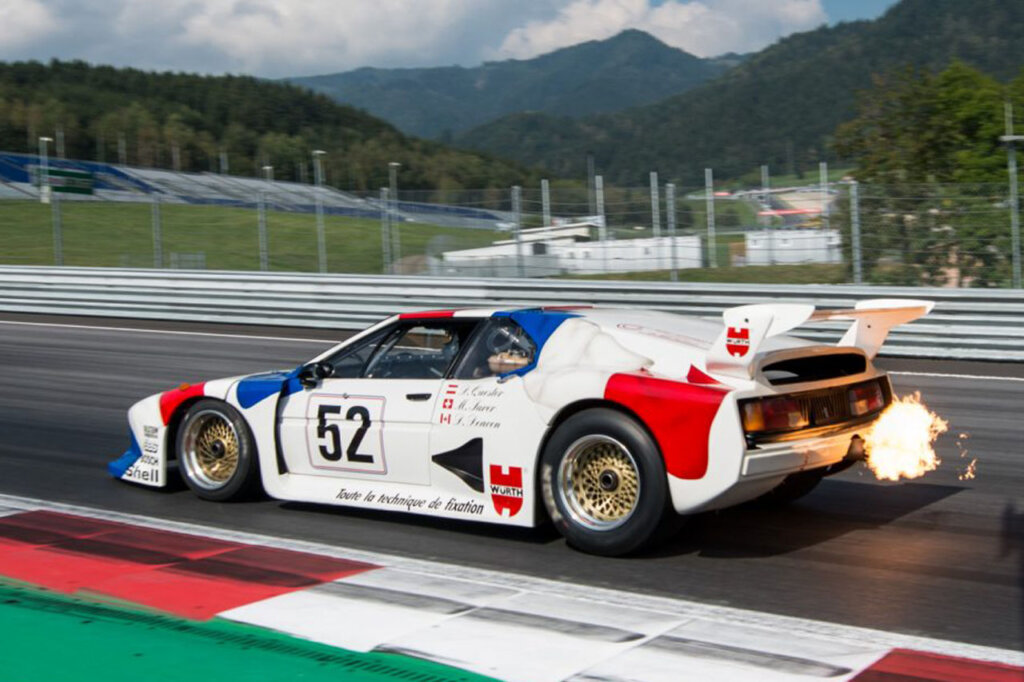
Photo Credit: Petrolicious
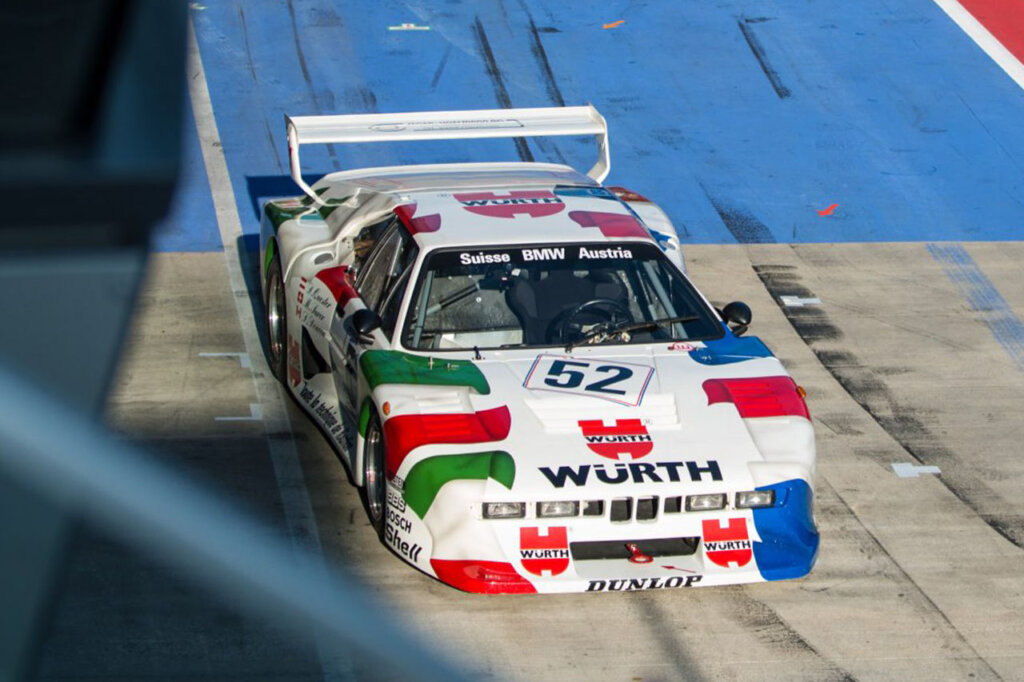
Thanks to a series of unfortunate events and problems, the M1 was not able to achieve its ultimate goal of competing against Porsche in Group 5 until years after BMW gave up on the program. It was forced to settle in Group 4 racing and its namesake Procar series, where it still gained popularity thanks to their F1 drivers like Nicki Lauda and Nelson Piquet. But while it did not achieve what it sought after, it was still a force to be reckoned with when released into other series’, cultivating a following thanks to it beauty and power.

